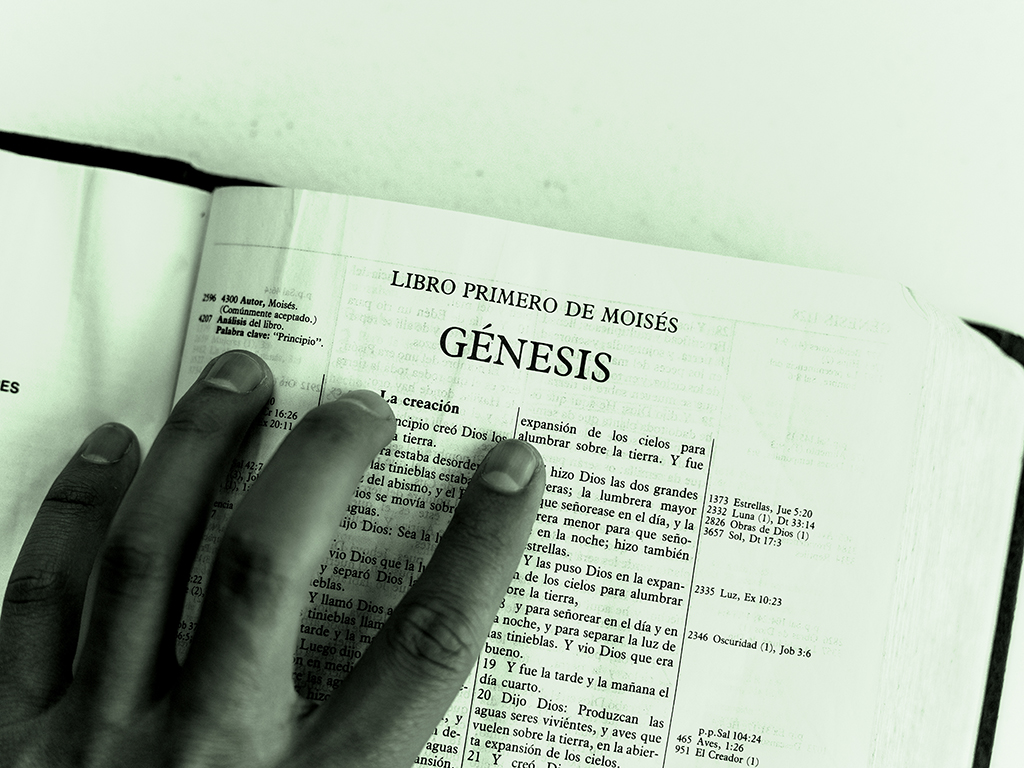1 Thessalonians 2:17 – 3:13 identifies two contrary actions against faith. Paul begins this narrative by identifying his great longing to visit the Thessalonians. The Greek verb, ἐπιθυμία or great-longing occurs thirty-eight times in the New Testament. The verb is translated only two times, 1 Thess 2:17 and Phil 1:23 with positive... Read More
Through Christ, Christians receive mutual correction controlled by patience. In deliverance from our sin (correction), Christ demonstrates patience. This patience is rooted in love. Gal 5:22 depicts this relationship. The passage lists love before patience in the fruit of the Spirit. Love in association with patience forbears with others and... Read More
Jesus called Peter to love and service. In 1 Cor 13, Paul declares that love precedes Christian acts of service. More specifically, in verses 1 – 3, Paul reveals that love is the foundation for Christian acts of service. In this context, Paul formulates the necessity of love. Paul continues to expound upon love in verses 4-7, where he identifies... Read More
The active character of love is visible in the fellowship between the circle of the Father, the Son, and the people of the Son. Jn 21:15 – 17 provides an example of this relationship of love. In the New International Commentary on the New Testament: The Gospel According to John (NICNT), Morris contends that Peter becomes restored to his position... Read More
The infamous John 3:16, "For God so loved the world, that He gave His only begotten Son, that whoever believes in Him shall not perish, but have eternal life". This passage of scripture is quoted frequently which includes at national sporting events. Most Christians can repeat this passage without hesitation knowing its validity in their own lives... Read More
Deuteronomy 6:4 – 5 is commonly known as the Shema and represents the genre of the covenant and law from God for the Israelites. The law provides Israel guidelines for successful living from plowing the land to protection from diseases. When the Israelites adhere to these laws, they not only reap the benefits of successful living, but they learn... Read More
Acts 17:1-9 describes Paul's and Silas' missionary journey to Thessalonica. This journey occurs in the macro-context of Paul's deliberate Gentile ministry, where he embarked on his second missionary journey. Prior to Paul's and Silas' arrival, Luke describes their hardships in Philippi, where they endured beatings and imprisonment. It is after... Read More
Acts 17:1 – 9 identifies Paul's and Silas' journey to Thessalonica. They do not waiver in proclaiming the Gospel of Christ, despite being imprisoned prior in Philippi. In verse 2, Luke identifies Paul's custom of entering Jewish synagogues to reason with them. This custom parallels to Luke 4:16 of Jesus' custom of entering the synagogue on the... Read More
Matthew 9:14-17 provides an example of Old Testament revelation to describe the arrival of Christ. This description of Christ arriving occurs during Jesus' response to a question about fasting. Jesus responds by telling a parable about wineskins to illustrate his fulfillment of the Old Testament while ushering in something new. Matthew being... Read More
The parable of the wineskins takes place during an inquiry made by the disciples of John about fasting to Jesus. This inquiry originates from a Jewish tradition of fasting. The tradition represents revering God, submitting to God, and mourning of the dead. Therefore, John's disciples wanted to know if Christ was in fact the Son of God. If this... Read More








